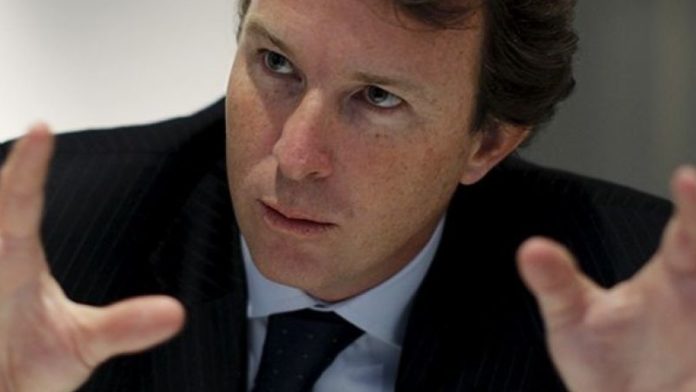
ENDEAVOUR Mining had embarked on a new chapter of debt reduction and cash flow generation following the commissioning of the firm’s $402m Ity CIL project in Côte d’Ivoire, and it would give serious mind to a dividend policy in the first half of 2020.
Portfolio optimisation was also a consideration, said Sébastien de Montessus, president and CEO of Endeavour Mining.
Responding to analyst questions following the presentation of the firm’s second quarter numbers today, De Montessus said certain operations might be deemed non-core once the firm had made in-roads on its $660m net debt.
“As our two main flagship assets get us to better return on capital employed, we may divest other non-core mines,” he said, adding that Endeavour would be able to “compensate” for this production by bringing on assets currently in development.
The firm is hoping to “lock in” 10-year production profiles of 250,000 oz/year each for both its Ity CIL operation, and Houndé mine in Burkina Faso which accounted for two-thirds of Endeavour’s 171,000 oz of gold production in the second quarter. The company had spent 80% of its $40m to $45m exploration budget already – ahead of ‘rainy season’ – in order to stabilise the firm’s medium to long-term production profile.
After Ity CIL and Houndé, the next largest contributor to production was the Agbaou mine, also in Côte d’Ivoire – a smaller mine, but at an all-in sustaining cost (AISC) of $788/oz Agbaou was in better shape that Endeavour’s fourth mine – Karma. It produced only 21,000 oz at an AISC of $1.047/oz. Group AISC was $790/oz down from $878/oz in the second quarter of the previous financial year.
The outcome for the quarter, which was heavily assisted by a stronger dollar gold price, was an adjusted net earnings figure of $9m, equal to $0.08/share. This compares to a $5m loss in the first quarter of 2019 and unchanged on net earnings year-on-year.
The company said it was on track for 2019 production guidance of between 615,000 and 695,000 oz at an AISC of $760 to $810/oz.
De Montessus said he expected to get a better feel for cash flow generation in the third and fourth quarter of this year which would pave the way for an inevitable discussion on shareholder rewards. “We are now at the new stage of our journey which is to generate cash and demonstrate high shareholder returns,” said De Montessus in opening the quarterly presentation.
Asked for details as to the firm’s payout plans, he replied that one of the two quarters of the new financial year would represent “good timing” on clarifying a dividend policy. “If the gold price stays where it is we will deleverage quicker [than expected] so this is a good environment to be in,” he said.
BURKINA INSTABILITY
Security conditions in the northern and eastern parts of Burkina Faso have deteriorated significantly since the beginning of the year. In the north especially, where Burkina Faso borders Mali, a reported 219,000 people have been displaced following attacks on state forces, schools and teachers by extremists.
The instability is party down to the fall of former president, Blaise Compaoré, in a popular uprising in 2014. Islamic extremists in the east are capitalising on national discontent and has also given way to sporadic attacks.
De Montessus said he was “confident” in the Burkina Faso environment. “There have been significant changes in place since the beginning of 2019 with a new president and new minister of defence in place,” he said. “The government seems to have a better control environment in order to react in the north and east. Overall, it’s going in the right direction,” he said.








